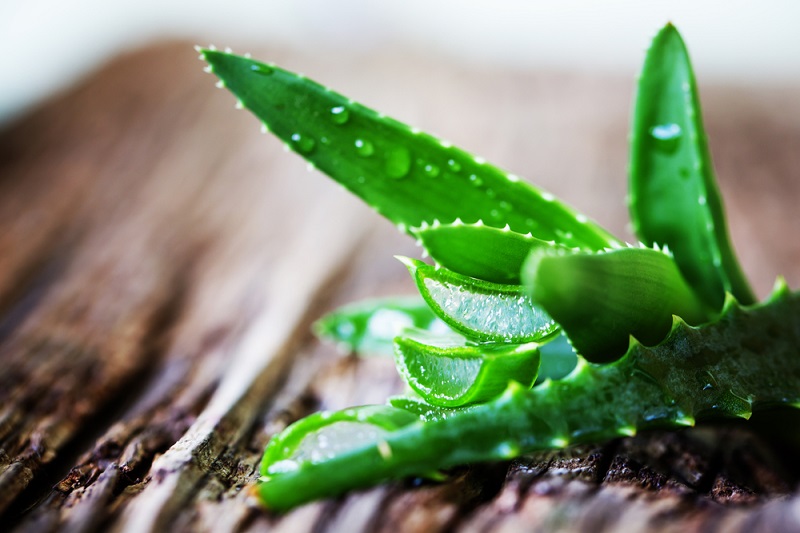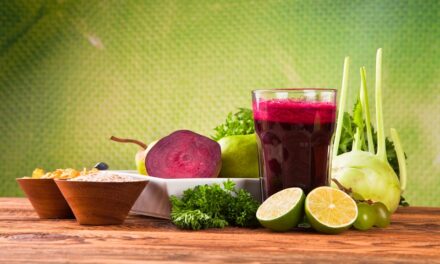What is Aloe vera, uses, benefits, side effects, precautions –
What is Aloe vera?
- Aloe vera is a medicinal plant used for a wide variety of health conditions.
- It has a long history of use, with written records dated 1750 BC.
- You can get the gel from the Aloe leaf.
- The mucilaginous gel that is most widely associated with aloe vera comes from the inner part of the leaf.
- It is separated from the pericyclic tubules, specialized cells that are under the epidermis of the leaf.
- Aloe vera gel is used for conditions like wound healing – both internal and external.
- It is known to speed the healing of many skin injuries, including ulcers, burns, frostbite, and abrasions.
- While used in juice form it relieves constipation because it can cause painful cramping, it should not be often used as gentler herbal laxatives.
- Lower doses of aloe can be effective in preventing kidney stone formation or reducing their size.
- Aloe vera is also known to be helpful in conditions like piles, where it can be effective as a stool softener.
- Aloe vera juice also improves digestion by destroying many bacteria that cause infection.
- As of now, you can find many commercial products using aloe in shampoos, conditioners & skin care.
What are the uses of Aloe vera?
Herbal uses of aloe vera
- Antibacterial
- Antifungal
- Anesthetic
- Used to prevent or reduce fever
- Relieve itching
- Moisturizer
- Prevent muscles from tightening
- Anti-inflammatory
- Used to destroy parasitic worms
- Used in cleansing
- Digestion
- Relieves inflammation
- Act as a Laxative (stool softener)
Medical uses of aloe vera
- Burns (due to radiation, sunburn, and other causes)
- Headaches
- dry skin
- rashes (due to dermatitis, poison ivy, or insect bites)
- kidney stones
- Hemorrhoids
- Hives
- Constipation
- wound healing
- peptic ulcers
- immune system enhancement
- Diabetes
- Asthma
What are the benefits of Aloe vera?
Vitamins & minerals
- Aloe vera is known to be a great source of vitamin C, zinc, and vitamin E, which are all important for wound healing.
Inflammation & Pain reliever
- Glycoproteins in aloe gel inhibit and break down bradykinin, a mediator of pain and inflammation.
- Aloe gel also inhibits thromboxane, which also causes inflammation.
Healing properties
- Aloe gel works by stimulating fibroblast and connective tissue formation, resulting in skin growth stimulation and repair as well.
- It also increases blood flow to burned tissue, which helps it heal.
Lower blood sugar
- Along with other wound healing properties, Aloe gel is effective in healing diabetic leg ulcers.
- Aloe also benefits by lowering blood sugar levels.
Antiseptic
- It has antiseptic properties used regularly in the treatment of burns.
- Extract from Aloe leaf also kills antibacterial and antifungal germs.
Aloe extract is also effective in treating the following –
- Pseudomonas aeruginosa
- Klebsiella pneumoniae
- Serratia marcescens
- Citrobacter species
- Enterobacter cloacae
- Streptococcus pyogenes
- Streptococcus agalactiae
- Staphylococcus aureus
- Escherichia coli
- Streptococcus faecalis
- Candida albicans
Kidney stone prevention
- Aloe has an active component called anthraquinones, known to prevent kidney stone formation.
- It works by binding calcium in the urinary tract and reducing the growth rate of urinary calcium crystals, resulting in less kidney stone formation.
Peptic ulcers
- Aloe juice heals peptic ulcers by inhibiting pepsin when the stomach is empty, releasing it only to digest food.
- It also heals and prevents other irritants from reaching the ulcer.
- Aloe juice aids the digestive process by increasing gastric pH, reducing yeast infections, and improving water retention.
Strong immunity
- Aloe has an antiviral compound named Acemannan.
- Also known as a powerful immune system stimulant.
- It enhances macrophage activity, the function of T cells, and interferon production.
What is amount of Aloe vera should be taken?
- The dosage for dry aloe extract is very small (50 to 200 mg).
- General use – dosage of gel or juice 2 tbsp
- Kidney stone prevention – 2 to 3 tbsp daily
- Laxative purposes – 500 to 1,000 mg daily (care should be taken that laxative doses of aloe are accompanied by carminative herbs to prevent griping)
- Burns or wound healing, topically – aloe vera gel applied liberally (fresh gel from aloe plant is best)
- Hemorrhoids – as a stool softener dry aloe extract, 0.05 to 0.2 g
- Constipation – 20 to 30 mg
What are the side effects of aloe vera?
- Aloe gel is safe for external use unless it causes a rare allergic reaction.
- If you are using aloe vera for the first time you can check the reaction on your skin, by applying a small amount of topical aloe on your forearm.
- Keeping it there for at least 2 hours will give you an idea about allergic reactions.
- Discontinue aloe if it irritates the skin.
- Aloe is not useful for the treatment of deep, vertical wounds (e.g. cesarean incision).
- Its latex use may cause severe intestinal cramps or diarrhea.
What are the precautions to be taken with the use of aloe vera?
- Pregnant or breastfeeding mothers should not consume aloe without a doctor’s consultation.
- It may cause uterine contractions and trigger miscarriage.
- Contraindicated for gastrointestinal illness, intestinal obstruction, appendicitis, and abdominal pain of unknown origin.
- May aggravate ulcers, hemorrhoids, diverticulosis, diverticulitis, colitis, and irritable bowel syndrome.
- If taken over a long time, it can cause dependence or disturbance of electrolyte balance.
- May cause urine to turn a harmless red color.
- Should not be used for children under 12.
References –
- https://www.semanticscholar.org/paper/Aloe-vera-gel-in-peptic-ulcer-therapy%3A-preliminary-Blitz-Smith/0e2907494a042eb98465489bac3f908be6641575
- https://www.ncbi.nlm.nih.gov/pmc/articles/PMC4712855/
- https://pubmed.ncbi.nlm.nih.gov/23195078/
- https://books.google.co.in/books?id=Bh5ewBB2ie4C&pg=PA645&lpg=PA645&dq=Castleman+M.+The+Healing+Herbs.+New+York,+NY:+Bantam+Books.+1991.&source=bl&ots=gjXh1Xn6Qi&sig=ACfU3U2wptceDnbnp0MTgxk0jA0s_DnyBA&hl=en&sa=X&ved=2ahUKEwjoi53-6pvxAhUmzTgGHVP_DlAQ6AEwBnoECBcQAw#v=onepage&q=Castleman%20M.%20The%20Healing%20Herbs.%20New%20York%2C%20NY%3A%20Bantam%20Books.%201991.&f=false
- https://www.iasc.org/Certification/CertifiedProducts.aspx
- https://europepmc.org/article/med/1993971
- https://openlibrary.org/books/OL660775M/The_green_pharmacy
- https://pubmed.ncbi.nlm.nih.gov/8706441/
- https://europepmc.org/article/med/2341661






















 English
English हिन्दी
हिन्दी








